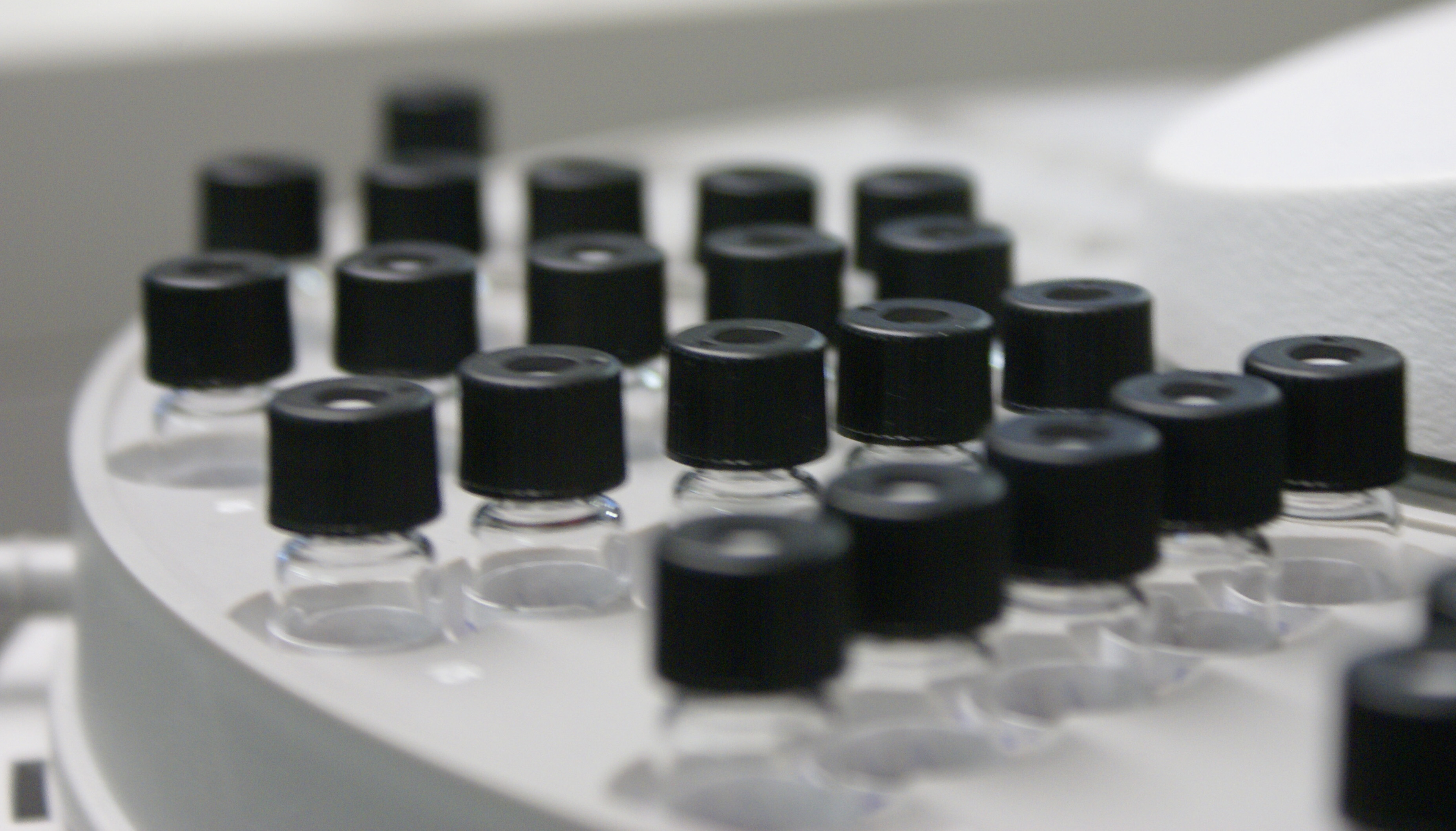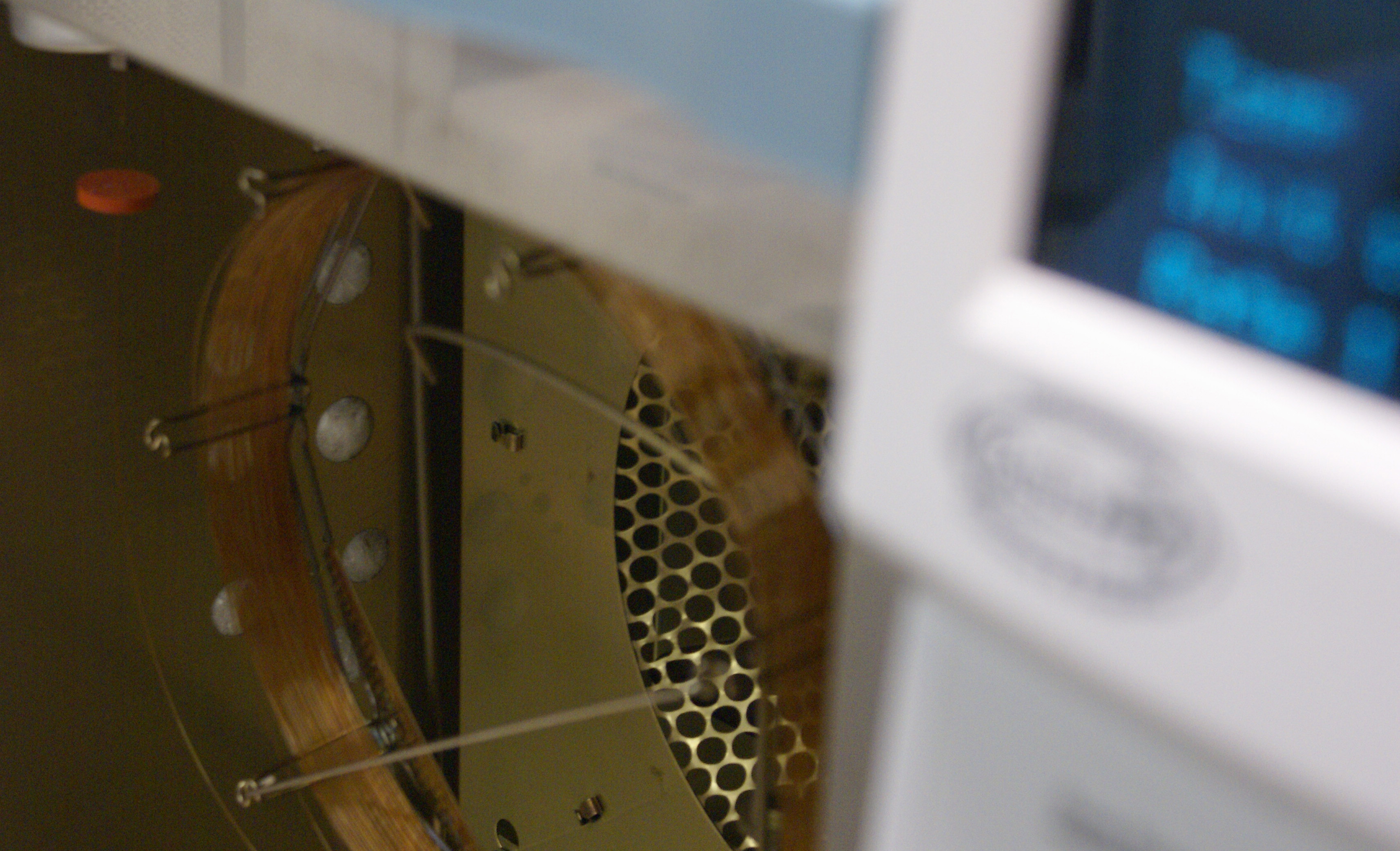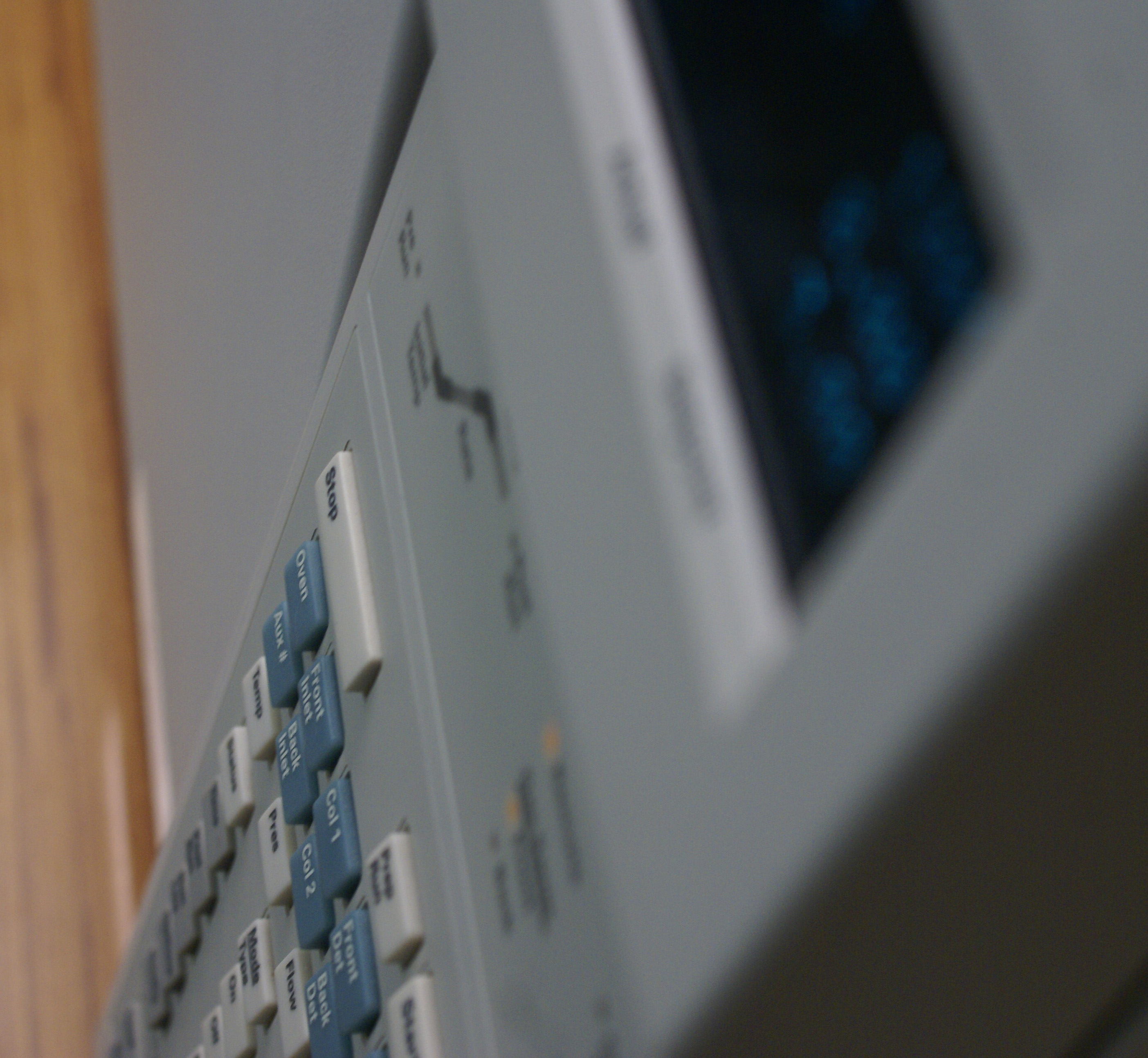
The Department has a range of facilities and equipment available to our researchers. Some of our key facilities are listed below. If you are looking for information on a particular research capability or piece of equipment, please contact:
Ian Ross
Head Technician
Tel +64 3 479 8708 Ext 8708
Email ian.ross@otago.ac.nz
Location: Archway West G.01
Pulsed Electric Field (PEF)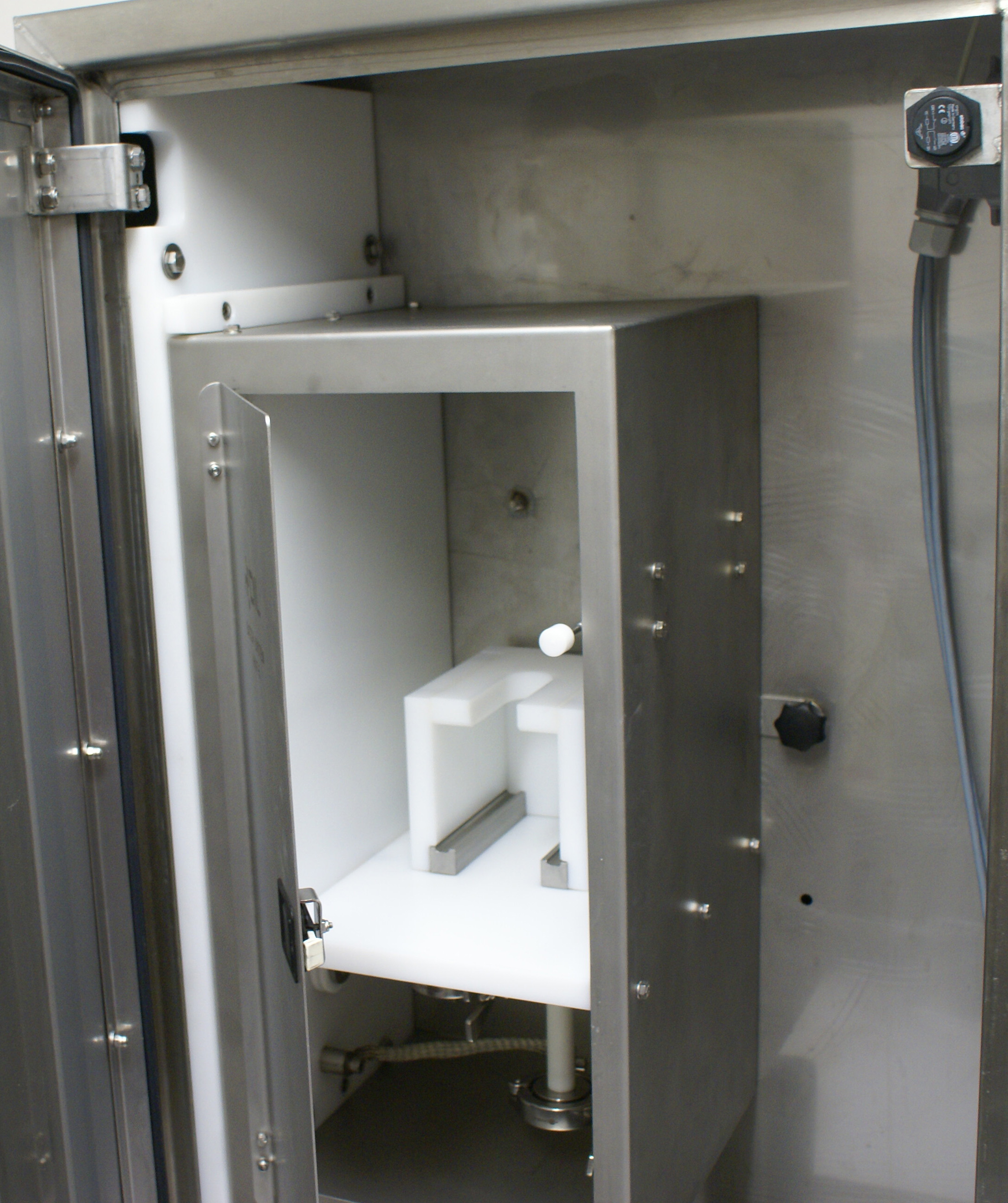
New in 2011 this DIL El-Crack PEF processor delivers ultra-high voltage electric fields to alter the state of a sample. It is capable of treating small batches as well as high throughput sampling.
Pulsed Electric Field (PEF) applications can be utilised to achieve disintegration of biological tissues or microbes. Various applications have been identified such as improvement of mass transfer during extraction or drying as well as gentle food preservation. The first commercial applications of the technique have been achieved. By development of equipment based on state of the semiconductor, equipment reliability and cost effectiveness of the equipment has been improved, the technology is heading for wider industrial application.
Among novel, emerging techniques PEF is one of the most promising in order to achieve a gentle, non thermal pasteurisation or cell disintegration.
The technique's ability to enhance extraction of intracellular compounds from fruits and vegetables; to improve drying rates of potatoes and meat products and to achieve a gentle decontamination of liquid foods has been investigated in our research labs.
Recent applications include:
- Beef aging studies
- Treatment of fruit juice
- Pasteurisation of milk
- Yeasts in wine making
Flavour Science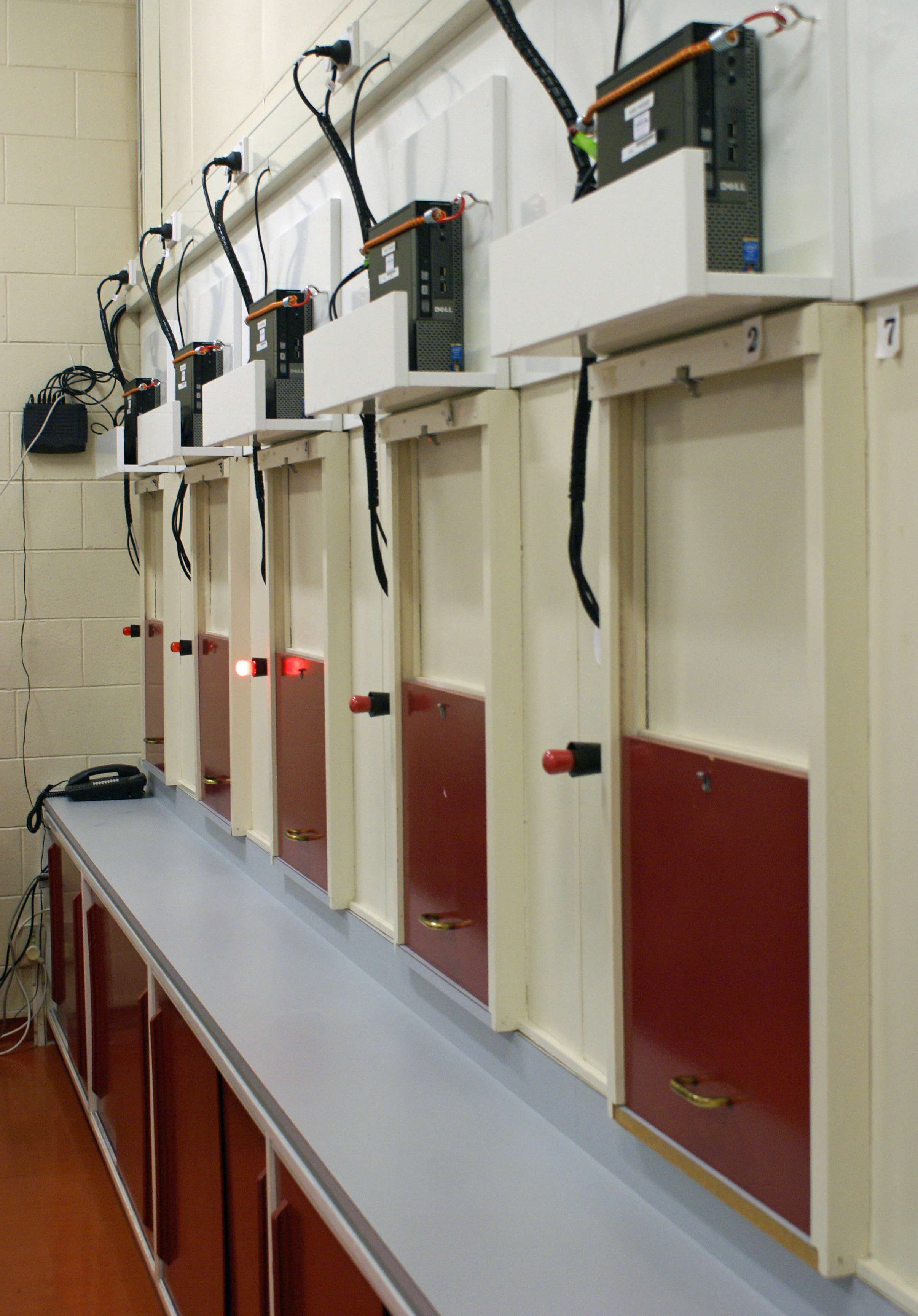
We have an established track record in flavour research as well as considerable expertise within our current staff.
Our facilities in this area include a sensory laboratory and an established trained panel of assessors to perform sensory evaluation.
The Department also has an associated flavour analytical suite, including proton transfer reaction mass spectrometry (PTR-MS) and gas chromatography (GC) suite.
Proton Transfer Mass Spectrometry (PTR-MS)
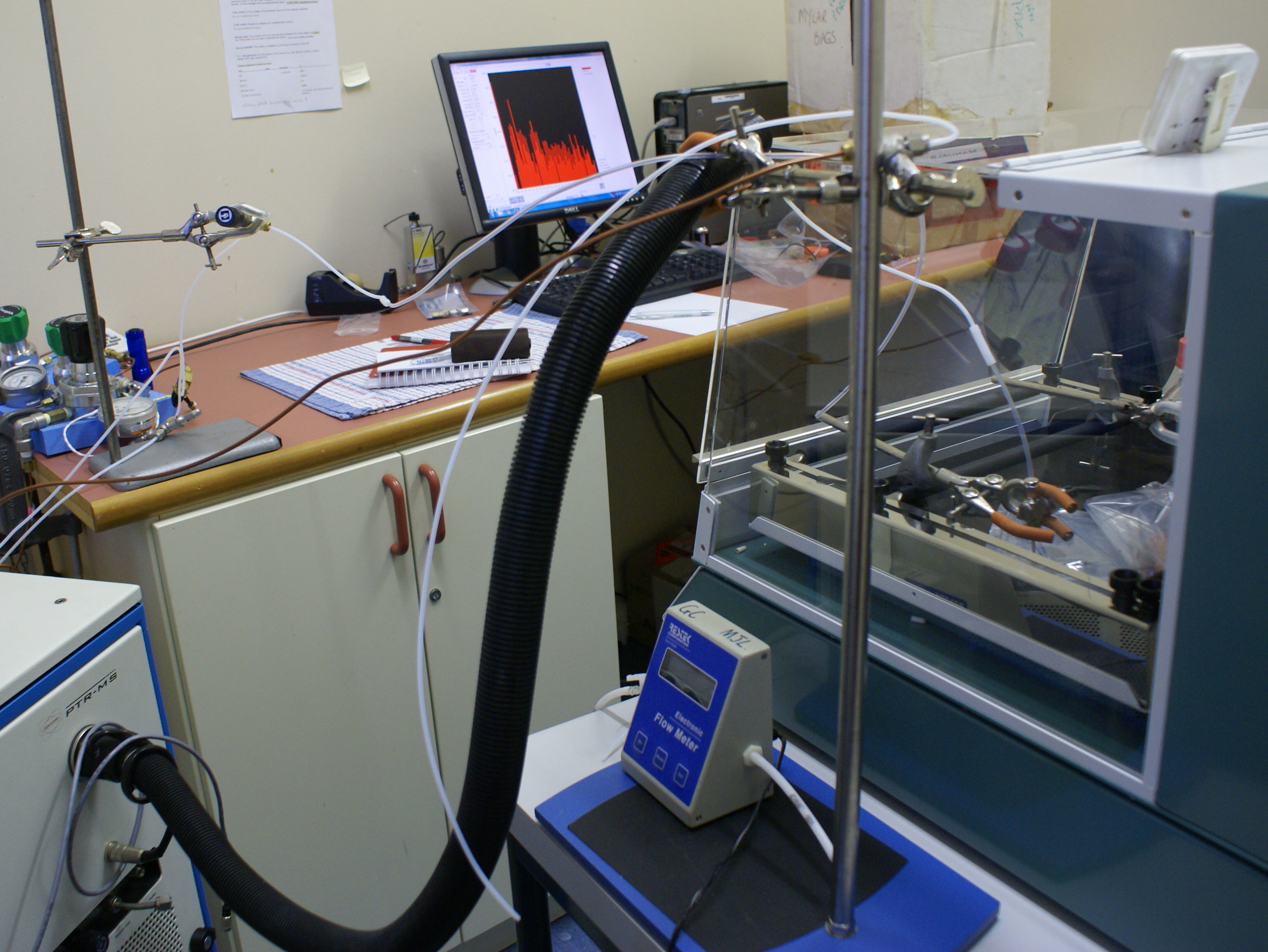
We have a high sensitivity model, quadrupole PTR-MS (Ionicon, Austria) for:
- Real time measurement of volatile organic compounds (VOCs) in gas samples (e.g. headspace analysis);
- Real time measurement of VOCs as a result of reactions, during processing (generation) or during storage (e.g. to monitor changes due to food spoilage).
- In vivo flavour measurement during eating;
- Analysis of volatile compounds in exhaled breath samples.
Recent applications have been in monitoring exhalation during the consumption of a food sample, and the changes in a food sample as it decays. It can be used to generate a 'fingerprint' of a sample for use in traceability and authenticity studies.
Further information: http://www.ionicon.com/products/ptr-ms
Recent applications:
- Characterization of unifloral honeys based on volatile compounds, physicochemical properties and bioactivity.
Gas Chromatography Suite
Gas Chromatography is used to separate the volatiles released from a sample. We are then equipped to record or analyse those samples via a human assessor (GC-O) or mass spectrometry (GC-MS).
Gas Chromatography Olfactometry (GC-O)
For the separation of volatiles within a sample for analysis by a human assessor. Assessors detect odour compounds and may be members of our trained sensory panel or be specialised in a particular area such as the trained coffee 'cuppers' used in the PhD project “Formation of flavour in natural coffees”.
Gas Chromatography Mass Spectrometer (GC-MS)
Agilent 6890N GC with 5975B MSD (triple axis detector) is used for separation, detection and identification of the volatiles released from a sample.
Combined capabilities (GCO and GCMS) are often used to separate aroma compounds within a sample and analyse them via both mass spectrometry and a human assessor.
Key features:
- Agilent PAL3 autosampler, including: liquid injection, solid phase microextraction (SPME), static headspace sampling;
- DATU olfactory port for evaluation of aroma active compounds by human assessors.
Two dimensional GC/MS + Olfactometer
A state of the art analytical tool for identification of aroma volatiles in complex samples, making us the most complete flavour science facility in Australasia.
Key features:
- Gerstel MPS multifunctional auto-sampler for automated sample introduction using multiple techniques, including liquid injection, headspace sampling, automated solid-phase microextraction (SPME), and thermal desorption;
- Two-dimensional separation capability using state of the art technology to provide enhanced analytical power for complex samples;
- Gerstel Olfactory detection port (ODP3) for evaluation of aroma active compounds by human assessors;
- Gerstel CIS4 PTV inlet with Cryogenic cooling (liquid CO2);
- Agilent Deans Switch: capillary flow technology for two dimensional separation to provide enhanced analytical power for complex samples.
We also have three other GC instruments with flame ionisation detection (FID) and autosamplers for liquid injection and static headspace sampling. These instruments are used for routine analysis, including:
- Identification and quantification of fatty acid methyl esters (FAME);
- Quantification of amino acids;
- Analysis of organic acids;
- Quantification of specific known VOCs or derivatised samples.
HPLC
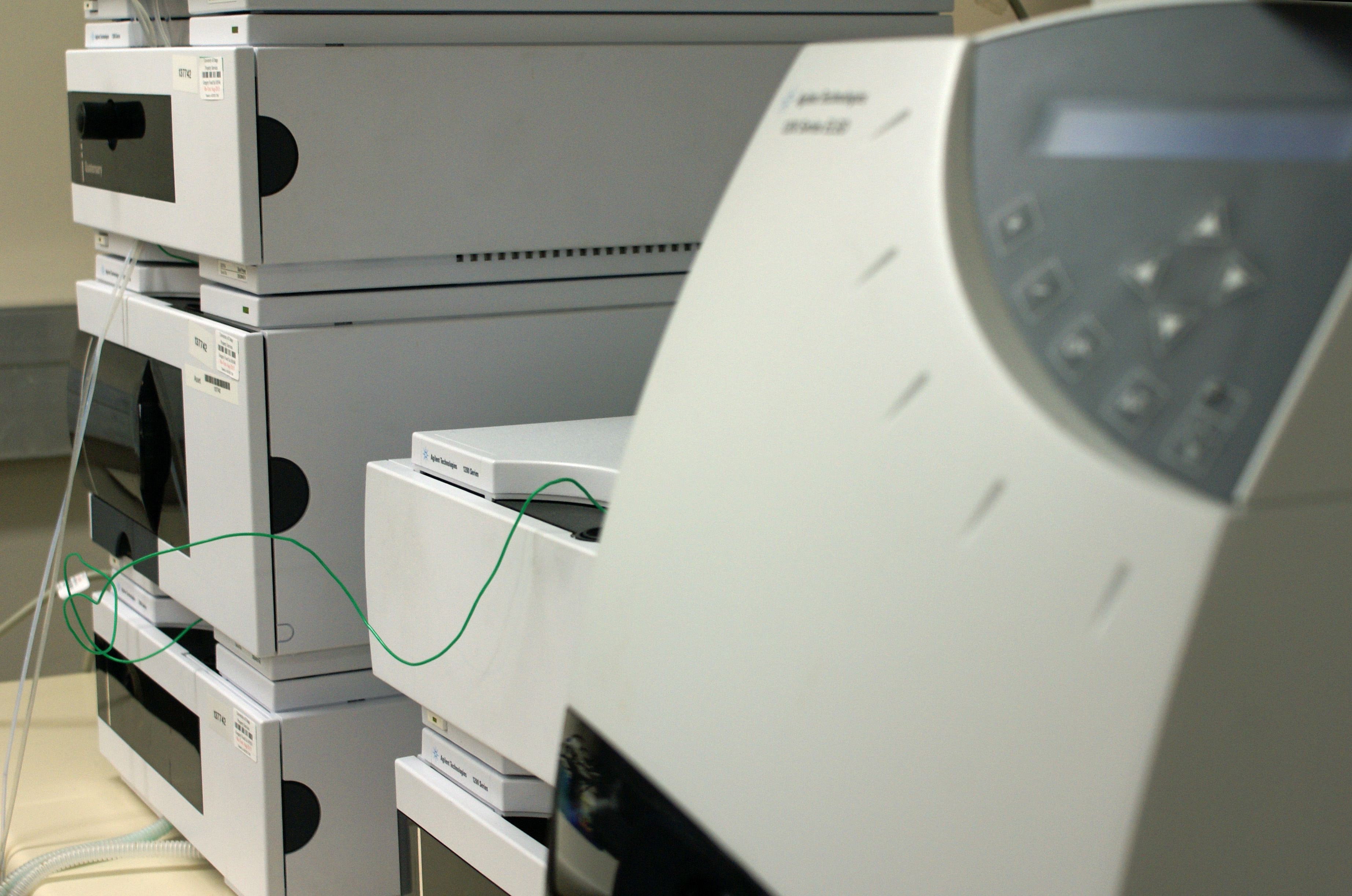
The Food Science Department employs two Agilent 1200 series modular HPLC instruments for analytical testing. While our analyses focus mainly on components of food and beverage products we have the capability to separate and analyse other ingredients from agriculture, pharmaceutical and nutraceutical sources.
We have temperature controlled autosampling and fraction collection capability. Detectors include 3D-DAD (diode array) for UV-Visible detection, ELSD (Evaporative Light Scattering) and Fluorescence.
Of particular interest to those involved in protein and other large biomolecule analyses, we have a Bioinert 1260 Infinity Bioinery Quaternary LC.
We also run a Varian 9010 HPLC with UV-Vis spectrophotometer and fraction collection.
There is access to a FPLC (Fast Protein Liquid Chromatography) which has been used for size and ion exchange work, primarily with proteins.
Other equipment and capabilities
Food Grade laboratories and Analytical facilities
The combination of our food grade laboratory facilities with analytical tools such as the sensory panel allows us not only to test existing products, but to develop and test new products and prototypes.
We are equipped to analyse:
- Food Quality
- Shelf life
- Component analysis
- Physical features (Such as texture)
Brabender - Twin screw extruder
The Twin screw extruder test the extrusion properties of various materials, such as snacks, pasta, breakfast cereals, animal feed and rice at laboratory scale, so that you can optimise your recipes.
Recent applications:
'Physiochemical behaviour of starch-protein miixtures during low-moisture extrusion'.
Living systems
We have the capability to work with living systems both in the lab and on the farm. Recent farm based research looked at effects of feedstock in meat quality. Recent lab based research looked at improving the generation of biofuel from algae.
Traceability
Food Microbiology
All products require shelf-life analysis. Therefore many of our projects have a microbiological component and our undergraduate students carry out shelf-life studies for their product development paper. We have in-house experience and laboratory space to carry out microbiological studies of products and samples.
Brewing
We have extensive in-house experience with brewing, and connections to the brewing industry. We have the capability to carry out microbrewing projects, trialling brewing options and yeast varieties.

